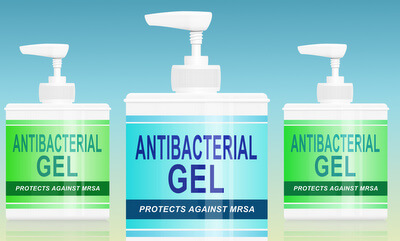
Teens and hand sanitizer – a new trend
Teens are an ingenious lot. From finding excuses to not clean their rooms to justifying missing curfew, there are few more creative than a teen. Unfortunately, too often, this imagination is used to find quick, cheap ways to get a buzz. One of the latest trends is drinking hand sanitizer for an easy to obtain, fast, potent high. A typical eight ounce container of hand sanitizer gel contains basically the same alcohol content as five shots of hard liquor. Teens typically abuse hand sanitizer in one of two ways: 1. mix hand sanitizer with Listerine to make a strong minty cocktail; 2. mix the gel with salt to separate and distill the alcohol from hand sanitizer.
Isopropyl alcohol, or rubbing alcohol, is commonly used in hand sanitizer. This alcohol is toxic and will damage your nervous system and internal organs if you drink it. Drinking isopropyl alcohol initially causes intoxication, slurred speech, blurred vision and dizziness. Possible effects may include memory loss, blindness, brain damage, kidney/liver damage and diarrhea. In some cases, ingesting rubbing alcohol can be fatal.
Ethyl alcohol (ethanol or grain alcohol) is also frequently used. While theoretically ethyl alcohol can be drunk, it is not a good idea. The ethanol in hand sanitizer has been denatured. This means the alcohol has purposely been adulterated to make it undrinkable. Back in the days of Prohibition, denaturing agents included arsenic and benzene. Modern denaturing agents range from toxic chemicals to non-toxic, foul-tasting chemicals. The problem is that you can’t tell from the label what denaturing chemical was used. When you read a bottle of hand sanitizer, you’ll likely see ethyl alcohol listed as the active ingredient, usually around 60%, which is equivalent to 120-proof liquor. In comparison, straight vodka is only 80-proof.
Other or inactive ingredients include benzophenone-4, carbomer, fragrance, glycerin, isopropyl myristate, propylene glycol, tocopheryl acetate and water. Some of these ingredients are harmless; others are toxic. Of this sample list, the fragrance is the additive most likely to cause problems. You can’t tell the composition of the fragrance and many common scents derive from petrochemicals. However, the main risk of drinking hand sanitizer isn’t from the toxic chemicals, but from the extremely high alcohol content. Most people who are hospitalized from drinking hand sanitizer get there because of alcohol poisoning (overdose). The alcohol content is so high that it is easy to drink a dangerous amount of alcohol before feeling the initial effects.
It is highly recommended parents buy the foam version of hand sanitizer for home use. It is harder to distill alcohol from the foam and less appealing to drink. Be aware of signs of intoxication in your teen, and monitor hand sanitizer as you would any other dangerous substance in your household.
